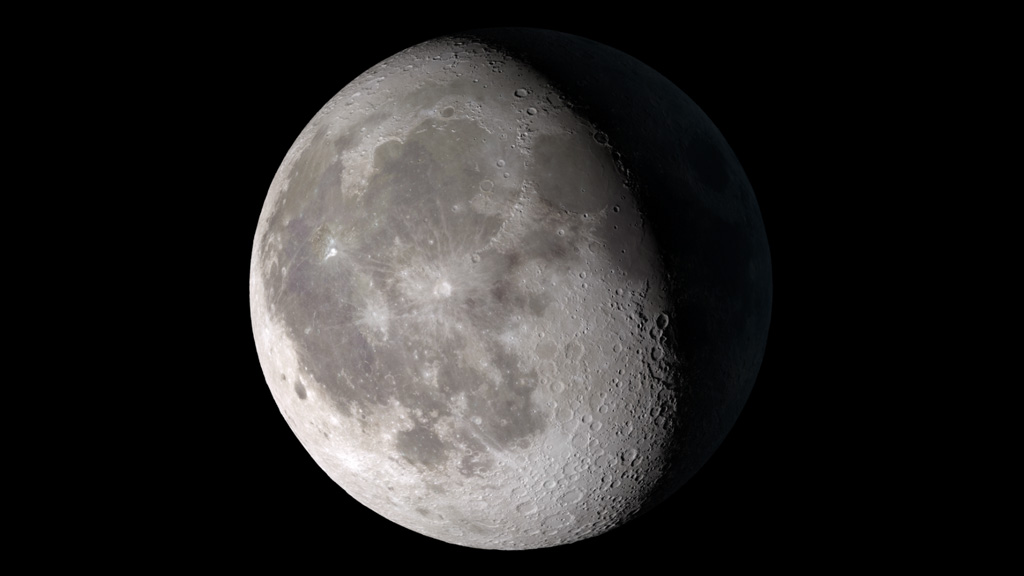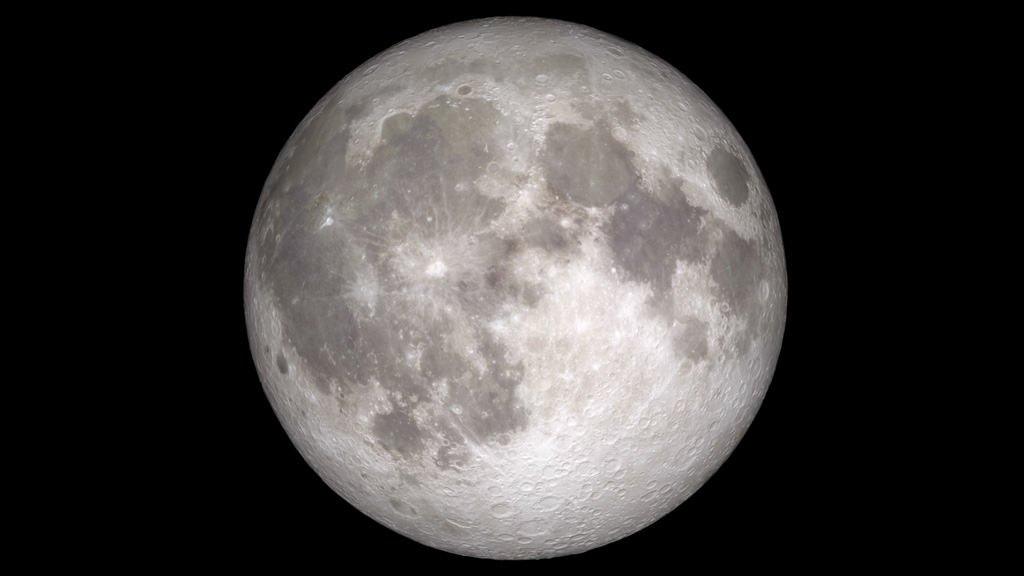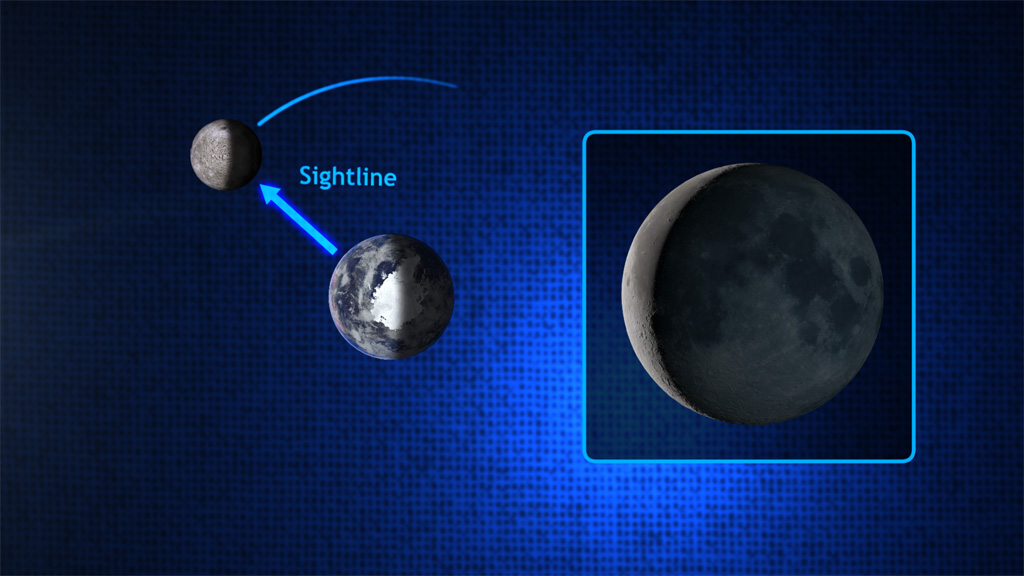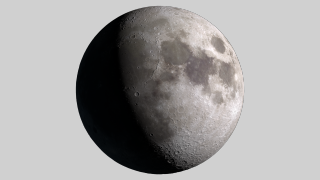Planets and Moons
ID: 10836

From Earth we only see one face of the moon. But it's not always the exact same face. The moon rotates once on its own axis during each 27-day journey around the Earth. But as the moon makes its elliptical orbit, its velocity varies and alters that synchronicity, causing our perspective of the "light side" to appear at slightly different angles throughout any given month. In short, the moon wobbles. At least, it does to our eyes. A casual glance skyward won't reveal this, but when a full month of lunar views gets compressed into 12 seconds, as in the visualization below, it's impossible to miss. This rocking like a ship at sea is called libration, from the Latin for balance scale. Instead of just one side, we actually see about 59 percent of the lunar surface over the course of an orbit. The sped up view also reveals how the apparent size of the moon changes in the sky depending on where it is in its elliptical orbit. Its farthest point, the apogee, and nearest point, perigee, differ by more than 10 percent. Watch in the visualization below just how much the moon's face, from a Northern Hemisphere perspective, has wobbled throughout this year.






Moon Wobble







Related Story
Story Credits
Lead Visualizer/Animator:
Ernie Wright (USRA)
Visualizer/Animator:
Marte Newcombe (GST)
Producer:
Chris Smith (HTSI)
Lead Scientist:
Richard Vondrak (NASA/GSFC)
Project Support:
Joycelyn Thomson Jones (NASA/GSFC)
Lead Writer:
Patrick Lynch (Wyle Information Systems)
Ernie Wright (USRA)
Visualizer/Animator:
Marte Newcombe (GST)
Producer:
Chris Smith (HTSI)
Lead Scientist:
Richard Vondrak (NASA/GSFC)
Project Support:
Joycelyn Thomson Jones (NASA/GSFC)
Lead Writer:
Patrick Lynch (Wyle Information Systems)
Please give credit for this item to:
NASA's Goddard Space Flight Center
NASA's Goddard Space Flight Center
Short URL to share this page:
https://svs.gsfc.nasa.gov/10836
Keywords:
SVS >> App
NASA Science >> Planets and Moons
https://svs.gsfc.nasa.gov/10836
Keywords:
SVS >> App
NASA Science >> Planets and Moons








